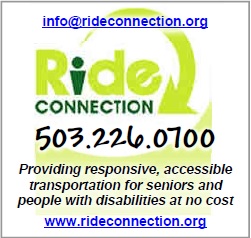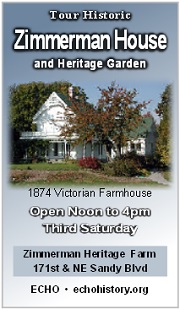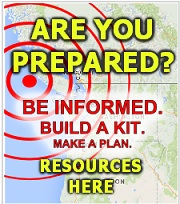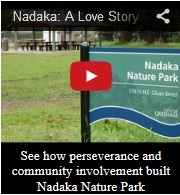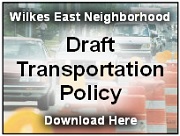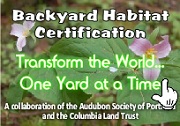How the Regional Equity Atlas benefits everyone
The Coalition for a Livable Future undertook the Regional Equity Atlas Project (www.equityatlas.org) to "advance equity - the right of every person to have access to opportunities necessary for satisfying essential needs and advancing their well-being" - as a key component of the Portland-Vancouver metropolitan region's approach to development.
The Equity Atlas is an attempt to stimulate discussion regarding the distribution of elements seen as critical to the livability of a neighborhood. These include such things as income, single-family home price, poverty, education/teacher quality, access to usable transit, access to grocery and natural food stores, and access to parks and natural areas. It is the result of a four-year collaboration between Portland State University and the Coalition for a Livable Future (www.clfuture.org) and sponsored by a number of local organizations, municipalities, and government agencies.
The goal is to identify inequities in the distribution of these elements, to increase awareness of them, and to stimulate work toward solutions that reduce them.
Charts, underlying data, assumptions, and other elements can be found on the Equity Atlas web site at www.equityatlas.org.
Below is a recapitulation of selected data elements to better understand the Wilkes East Neighborhood. Some of the results were interesting, to say the least. We encourage you to review this Excel spreadsheet comparing the Portland Metro Region, City of Gresham, and fifteen of Gresham's neighborhoods. The data is largely derived from the U.S. Census 2000, and is 'rather dusty' (seven years old now). Still, the data is valuable, if for no other reason than it's ability to illustrate why neighborhood officers and city officials need this kind of information in order to make better decisions.
Wilkes East Neighborhood Statistics:
| Area |
| Geographic size in sq. miles |
1.36 |
| Geographic size in acres |
870.4 |
| Households |
| Households (2000) |
1,900 |
| Households per acre |
2.18 |
| Population |
| Population (2000) |
4,910 |
| People per acre |
5.64 |
| People per household |
2.58 |
| Poverty |
| People in poverty (2000) |
642 |
| %'age of pop. in poverty |
13.1% |
| %'age of poor under 18 |
20.0% |
| %'age of households w/o vehicle |
8.0% |
| Change/growth (1990-2000) |
370 |
| %'age growth rate (1990-2000) |
136.0% |
| Diversity |
| Minorities (2000) |
1,325 |
| %'age of minorities in pop. |
27.0% |
| Change/growth (1990-2000) |
970 |
| %'age growth rate (1990-2000) |
273.2% |
| Age |
| %'age of households w/children |
24.2% |
| %'age of households w/seniors |
10.9% |
| Wealth |
| Head of household income $125k+ |
260 |
| %'age pop. with HH income $125k+ |
5.3% |
| Median SFR sale price (2004) |
211,000 |
| Change/growth (1995-2004) |
66,134 |
| %'age growth rate (1995-2004) |
13.9% |
| Affordable housing index |
0.757 |
| Education |
| Elem. teacher exp. in yrs (02-03) |
11.6 |
| %'age elem. teachers w/masters |
32.6% |
| Transit |
| People within ¼ mi. of stop |
2,897 |
| %'age people within ¼ mi. of stop |
59% |
| Avg. dist. to stop in blocks (280') |
4 |
| People per trip per hour |
248 |
| Public Parks |
| People within ¼ mi. of park |
1,620 |
| %'age pop. within ¼ mi. of park |
33% |
| Avg. dist. to park in blocks (280') |
8 |
| Parks in total acres |
18 |
| Park acres per 1,000 pop. |
3.7 |
| %'age area set aside as parks |
2.1% |
| Natural Habitat |
| People within ¼ mi. of habitat |
2,111 |
| %'age pop. within ¼ mi. of habitat |
43% |
| Habitat in total acres |
44 |
| Habitat acres per 1,000 pop. |
9 |
| %'age area set aside as habitat |
5.1% |
Credit: Excel spreadsheet courtesy of Marc Thornsbury, WENA Vice President


